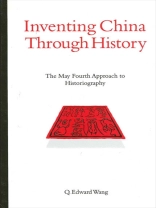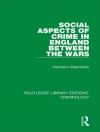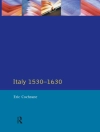This book describes the rise of national history in early-twentieth-century China. It studies the careers of a group of liberal historians including well-known figures such as Liang Qichao and Hu Shi and lesser known figures such as He Bingsong, Fu Sinian, Yao Congwu, and Chen Yinke. Buoyed by the quest for ‘Mr. Science’ and ‘Mr. Democracy’ during the May Fourth Movement of 1919, these historians searched for a scientific presentation of China’s national past, inspired by the Western and Japanese practice of scientific history. Their efforts to bridge the perceived gap between tradition and modernity, native and foreign, past and present, created a new, scientific model of history in China. The book also discusses the significance of this historiographical experience in late-twentieth-century China and Taiwan.
表中的内容
Acknowledgments
1. Introduction
History and Modernity
The Chinese Context
Tradition and Identity
2. New Horizon, New Attitude
Past versus Present
Perceiving the West
New Historiography
3. Scientific Inquiry
Innovation or Renovation?
The American Model
History and Philology
Rankean Historiography
4. Equivalences and Differences
Methodological Attempt (A)
Methodological Attempt (B)
In Discovery of Ancient China
In Search of Modern History
5. Seeking China’s National Identity
China-Based Modern Culture
History and Public Sphere
History and Politics
Ti and Yong: A Reconsideration
6. Epilogue
Glossary
Notes
Selected Bibliography
Index
关于作者
Q. Edward Wang is Associate Professor and Chair of the History Department at Rowan University.












